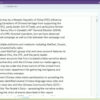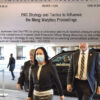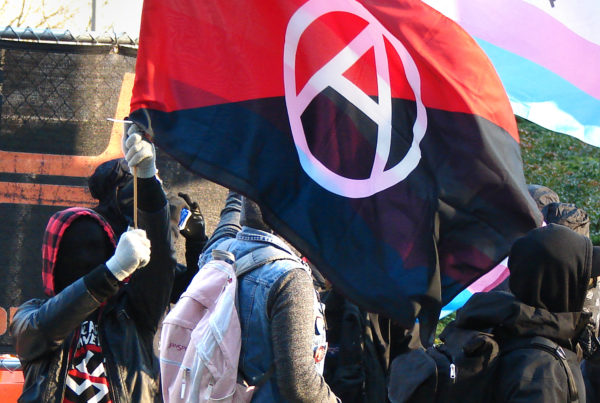Alternative Names:
Aum Shinri Kyo, Aum, Aum Supreme Truth, A. I. C., Comprehensive Research Institute, A. I. C. Sogo Kenkyusho and Aleph
Location:
Japan
During the height of its popularity, the group was known to have a presence in Australia, Germany, Indonesia, Russia, Taiwan and the US.
Leadership:
Aum Shinrikyo’s leader was Shoko Asahara, a partially blind and charismatic guru who preached mysticism and apocalyptic nihilism. Asahara encouraged his followers to confront the Japanese establishment as a part of his brand of religion. His teachings involved an amalgamation of Buddhism, Hinduism, Christianity, Science Fiction and Nostradamus prophecies. He claimed to have supernatural powers and believed he had reached enlightenment.
In 2000, following the imprisonment of Asahara and many other high ranking officials Fumihiro Joyu became the new head of the organization. Under his leadership Aum Shinrikyo changed its name to Aleph and has attempted to reform its goals and objectives.
Membership:
Membership for the group has fluctuated throughout the years. During its early years, the group enlisted over 10,000 members in Japan and 35,000 in Russia. There were additional offices in the US, Germany, Taiwan, Australia and Indonesia.
In 2009, the Japanese government reported that there were approximately 1,500 members in Japan with another 200 in Russia. Although some reports suggest the number is greater than 2,000 members worldwide.
Funding Sources:
In the beginning, funding for Aum Shinrikyo came through admissions fees, seminar fees and the selling of publications. However, as the group gained popularity it quickly ventured into multiple businesses and enterprises. This includes the group’s movement into the chemical, import/export, software development and mining sectors. Japanese police concluded that the group had over $1 billion USD in assets at the height of its power.
Origins:
Aum Shinrikyo (Supreme Truth) is a Japanese religious cult founded in 1984. Originally named Aum Shinsen no Kai, the group mixes various religions with science fiction and Nostradamus prophecies.
The cult started as a small group made up of Asahara and fifteen followers. Asahara’s charismatic lecture and tours abroad quickly drew in followers. These followers included professionals, scientists and students from top Japanese universities.
Initially the group preached meditation, introspection and non-violence. However, after an unsuccessful run for office in 1990, Asahara became infuriated and accused the Japanese government of corruption. This eventually began the trend toward the justification of violence and murder on spiritual grounds.
In 1994, Aum Shinrikyo under the direction of Asahara commited the first terrorist attack against Japanese civilians by releasing Sarin Gas in Matsumoto, Japan. This was followed by another chemical attack in a Tokyo subway in 1995.
After the attacks, the Japanese government and security agencies arrested Asahara and several of the high ranking members of Aum Shinrikyo. After the imprisonment, Fumihiro Joyu became the new head of the organization. He officially changed the name to Aleph in 2000 and has moved to distance itself from Aum Shinrikyo’s goals and doctrine. Aleph has since apologized for its past actions and paid reparation to the victims of the Tokyo Sarin Gas attack.
Major Attacks:
June 27, 1994: Aum released Sarin Gas in Matsumoto city. (7 killed, 144 wounded)
March 20, 1995: Sarin Gas was released in the Tokyo Subway in an attempt to stop investigation in Aum Shinriyko’s activies. (12 killed, 5000 wounded)
Ideological Roots:
Aum Shinrikyo’s ideological roots are a blend of various religions. Asahara used influences from Buddhism, Hinduism, and Christianity and combined it with Science Fiction and Nostradamus prophecies.
Objectives:
Aum Shinrikyo aimed to control Japan, then the world in the hopes of creating a global utopian society under Asahara’s religious ideology.
Since the reformation in 2000, Aleph has moved to distance itself from the actions of its predecessor Aum Shinrikyo. This includes returning to doctrine that forbid the use of violence and apologizing for its past acts of terrorism.
Tactics:
Aum Shinrikyo primarily focused on indoctrination through literature and lectures. The attacks that members of the group carried out used chemical weapons acquired through its corporate industry and developed specifically for the attacks.
Updated on December 22, 2015.







